The rewards of walking on London, Ontario’s trails exceed that of mere exercise. I meet friendly cyclists, walkers, pedestrians, and dogs. I listen to birds, search for frogs in springtime, and experience the constant changes in the weather and scenery. Occasionally there is an intriguing encounter.
Image: Unsplash/Blake Lisk
Today I met a man, whom I will name, Joseph, who was walking up a slope from a tent on the river’s edge. He had descended to the tent to check on the welfare of the occupant because of the very cold temperature. The tent’s owner was absent, and the walker expressed hope that the tent-dweller was in a safe, warm place. Joseph spoke about his regular walking tours of London’s trails. He described having urged a tent dweller on another trail to seek temporary shelter; this man had declined the suggestion, stating that several blankets kept him sufficiently warm and that staying in a men’s shelter was too dangerous. Joseph spoke of another occasion in which he had met a young female tent dweller, convinced her to leave her unsafe location, and assisted her to find refuge from her alcohol-addicted boyfriend. Walking the trails in London to search for people in need is a regular practice of this good Samaritan.
We conversed together about the difficulties for people who have no homes, the lack of adequate resources, and the failure of past efforts to remedy a grievous problem in our city. We also noted the anonymous donation of twenty-five million dollars for a new effort to overcome homelessness, the willing cooperation of several organizations to remedy an untenable situation, and the skilled leadership from the city that together provide hope that London can, at last, overcome a longstanding calamity.
Patricia McKeon, CSJ





